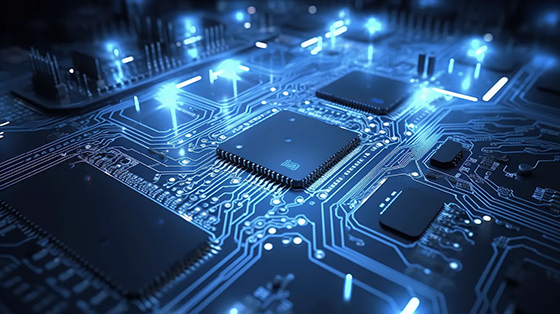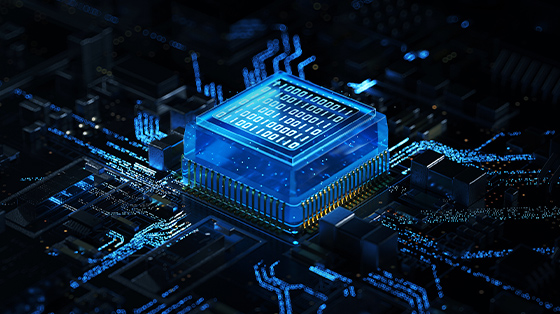In the ever-evolving landscape of technology, electronic components play an indispensable role in powering the digital age. These tiny yet powerful elements are the building blocks of modern electronics, enabling a wide range of applications from consumer electronics to industrial automation and healthcare.
Electronic components come in a vast variety of forms, each with its unique function and purpose. Resistors, capacitors, inductors, diodes, transistors, and integrated circuits are among the most common types. These components work in harmony to control the flow of electricity, store and release energy, amplify signals, and perform a multitude of other essential tasks.
The development of electronic components has been a remarkable journey of innovation and progress. Over the years, significant advancements have been made in materials, manufacturing processes, and design techniques. This has led to the creation of smaller, more efficient, and more powerful components that are capable of handling increasingly complex tasks.

One of the key trends in the field of electronic components is miniaturization. As technology continues to shrink, the demand for smaller and more compact components is on the rise. This has led to the development of microelectronics, where components are fabricated on an extremely small scale. For example, modern smartphones are packed with a plethora of advanced electronic components that are only a few millimeters in size.
Another important trend is the increasing integration of multiple functions into a single component. This trend is known as system-on-chip (SoC) technology, and it has revolutionized the design of modern electronics. By integrating multiple functions into a single chip, manufacturers are able to reduce the size, cost, and power consumption of their products while improving performance and reliability.
The reliability of electronic components is also of utmost importance. In many applications, such as aerospace, healthcare, and industrial automation, electronic components must operate flawlessly under extreme conditions. To ensure reliability, manufacturers employ a variety of quality control measures, including rigorous testing and inspection procedures. They also use advanced materials and manufacturing techniques to improve the durability and longevity of their products.
The evolution of electronic components has had a profound impact on various industries. In the consumer electronics industry, for example, the development of advanced electronic components has led to the creation of thinner, lighter, and more powerful devices such as smartphones, tablets, and laptops. In the automotive industry, electronic components are playing a crucial role in the development of electric vehicles and autonomous driving technologies. In the healthcare industry, electronic components are used in a wide range of medical devices, from simple diagnostic tools to complex life-support systems.
As we look to the future, the role of electronic components is set to become even more important. The emerging technologies such as artificial intelligence, the Internet of Things (IoT), and quantum computing will rely heavily on advanced electronic components to realize their full potential. For example, artificial intelligence algorithms require powerful processors and memory chips to perform complex calculations, while the IoT depends on a vast network of sensors and communication devices to collect and transmit data.
In conclusion, electronic components are the backbone of the technological revolution. Their continuous evolution and innovation are driving the progress of various industries and shaping the future of our society. As technology continues to advance at an unprecedented pace, we can expect to see even more exciting developments in the field of electronic components, opening up new possibilities and opportunities for a better world.
Recommend News
-
Tel
+86-15814003523 -
Whatsapp


